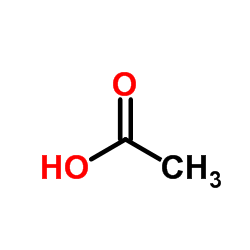| Structure | Name/CAS No. | Articles |
|---|---|---|
 |
Acetonitrile
CAS:75-05-8 |
|
 |
L-(+)-Lysine monohydrochloride
CAS:657-27-2 |
|
 |
acetic acid
CAS:64-19-7 |
|
 |
Cytochalasin B
CAS:14930-96-2 |
|
 |
CK-636
CAS:442632-72-6 |
|
 |
Stanolone
CAS:521-18-6 |
|
 |
acetic acid
CAS:1173022-32-6 |
|
 |
Latrunculin A
CAS:76343-93-6 |
|
 |
L-Lysine hydrochloride
CAS:10098-89-2 |